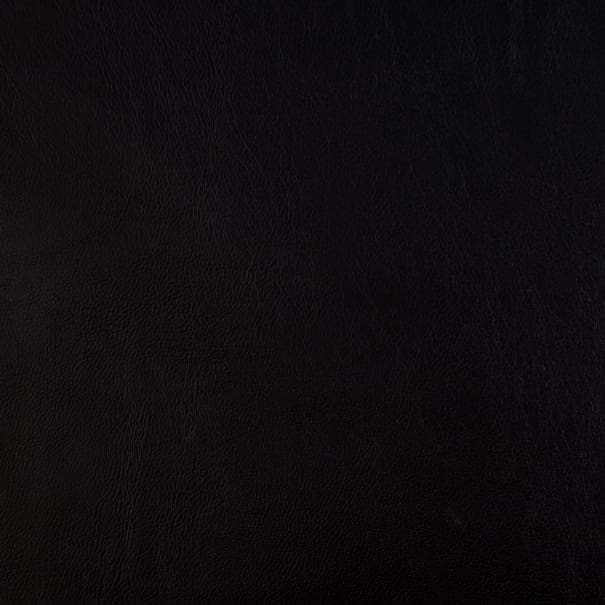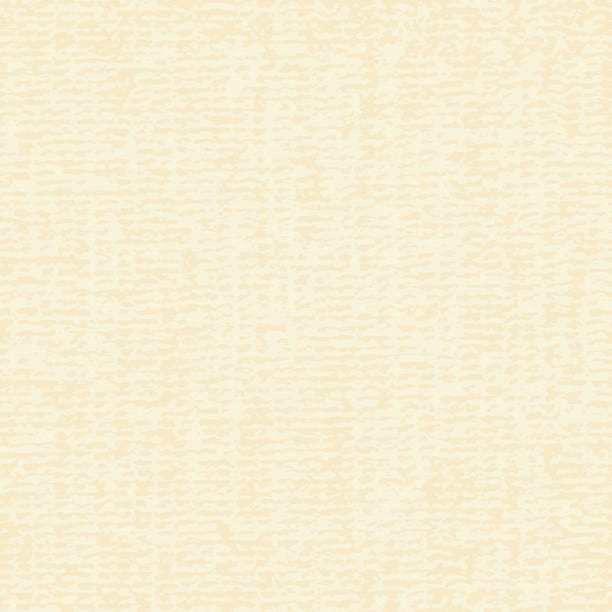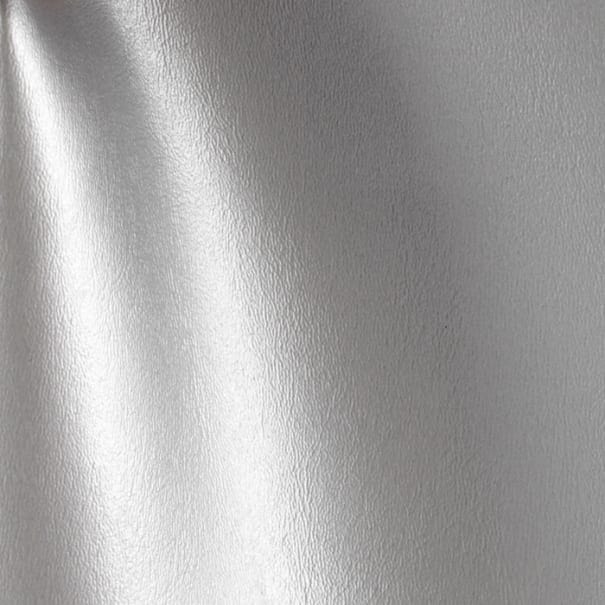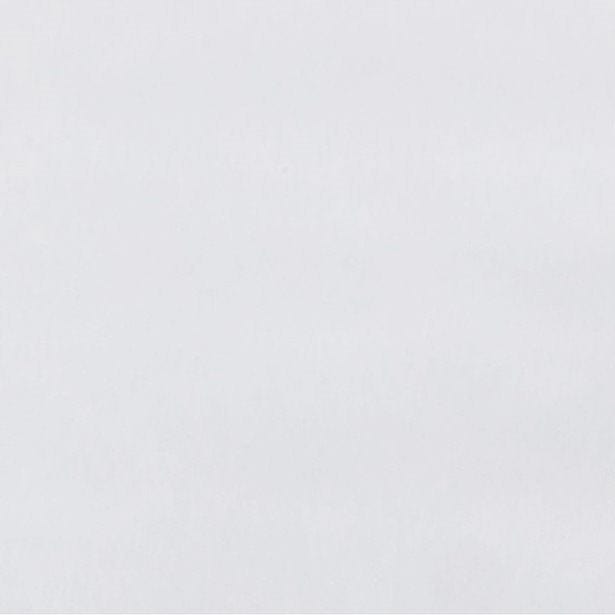Do you have an ugly backsplash in your kitchen that needs to be removed? Is your kitchen backsplash tile old, stained, and doesn’t fit your decor anymore? It is time to take that down and replace it with something new.
If properly installed, your backsplash will last many years depending on the type of material you use. Porcelain tile is the strongest and most durable option. Ceramic tile and glass are also good options, although they won’t last as long as porcelain. Yet, ceramic and glass will still last for many years when it is properly installed.
Another reason to remove your backsplash is if it shows signs of damage or cracking. Over time, the tiles may chip, crack, or become damaged due to their age. It is difficult to replace one tile at a time, so you might as well start with a clean slate and install something you love.
Before removing your backsplash, it is important to understand what it is and the importance it plays in your kitchen. Once you understand the purpose of a backsplash, we will tell you how to properly remove your old one without damaging anything.
What is a Backsplash?
A backsplash is a vertical extension of your kitchen counter. The purpose of a backsplash is to protect the wall from splashes that come from the sink, stove, or anywhere else on the counters. For this reason, backsplashes are normally located directly behind the sinks.
While backsplashes have a practical purpose, they have an aesthetic purpose as well. Backsplashes are beautiful and really pull the decor together. A well-installed backsplash complements your kitchen appliances, colors, and counters. The backsplash is typically a focal point of the kitchen because of how eye-catching they are.
What Materials to Use
Now that you understand the purpose of a backsplash, let’s talk about materials you should use. The most common are porcelain, ceramic, or glass tile. A mosaic tile backsplash made out of glass will glisten off the natural sunlight to create a beautiful look. Ceramic tile comes in many colors and designs, so you can choose one color or make a pattern of colors to suit your style. Porcelain is strong, durable, and comes in many options as well.

How to Safely Remove Your Backsplash
To start, you will need a few tools. If you don’t have these tools head down to your local hardware store to purchase them. Some stores also offer rental options so you can borrow it for the day and return it when you are finished. If you are on a budget, the rental option will save you a lot of money.
You will need the following:
- Drywall sanding pad
- 120 grit sandpaper
- Drywall joint compound
- Utility knife
- Putty knife
- Hammer
- Electric sander or hand sander
- Protective eyewear
- Cleaner
- Work gloves
The first thing to do is clear off your counters. Make it so you have easy access to the backsplash without anything getting in your way. You also want to move things that you want to keep clean.
Next, remove the outlet covers and turn off the electricity in the area of the backsplash. Check your breaker box for a switch labeled “kitchen” or another label that indicates the backsplash area. Flip the switch and double-check the electricity is off.
Clean the backsplash using a heavy-duty kitchen cleaner. Cleaning the tiles will help you see the grout lines better. Put on your protective eyewear and work gloves. Safety is important so don’t skip this step.

Use the hammer and putty knife to chisel off the tiles. Try to find a loose tile to start with. It’s okay if you can’t find one. Put the putty knife parallel to the wall, so it is flat between the tile and the wall. Tap the hammer of the putty knife until the tile starts to come away from the wall. As it starts coming away, pry it off with your putty knife. It may break and that is okay.
The first few tiles are the hardest to remove, so don’t get discouraged. Keep repeating the process of putting the putty knife behind the tile, parallel to the wall, and tapping it with the hammer. Take care not to damage the drywall behind the tile.
After the tiles are removed, you will see the adhesive. The adhesive needs to be removed. It will either be a rock-hard adhesive that is a cement-based product or a semi-soft adhesive.
To remove rock-hard adhesive, use the putty knife to scrape it off the wall. Scraping it will take some strength so don’t be afraid to push hard. Just be careful of the drywall underneath. To remove semi-soft adhesive, use 120-grit sandpaper. Sand the adhesive off of the wall.
If you accidentally hit the drywall, now is the time to fill it with a drywall joint compound. Sand the entire wall with 120-grit sandpaper to finish it off.
Now you are ready to install your new backsplash. If you do decide to install a new backsplash, use a thick layer of thinset over the old backsplash area to hide the roughness.
DIY Your Backsplash or Hire a Tile Installer?
Now you are probably wondering if you should install your new backsplash yourself or hire a tile installer. It depends on how much experience you have with home remodels. If you have all of the tools and have done tile projects before then you might be okay installing the tile yourself. However, if you don’t know how to install tile then it is best to hire a professional.
Safely Remove Your Backsplash
Remove your backsplash in a few easy steps. Remember to wear your safety equipment, such as eye protection and gloves. Gather all your materials before starting to make sure you have everything ready to go. Once you finish removing your backsplash and sanded the area, you are now ready to install your new tile.


























